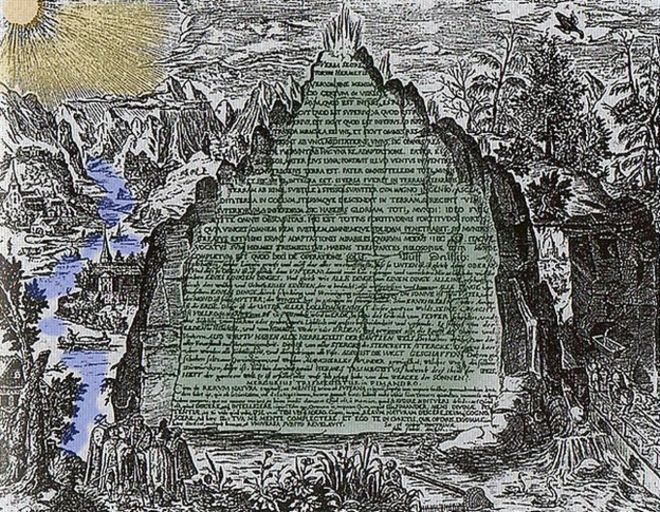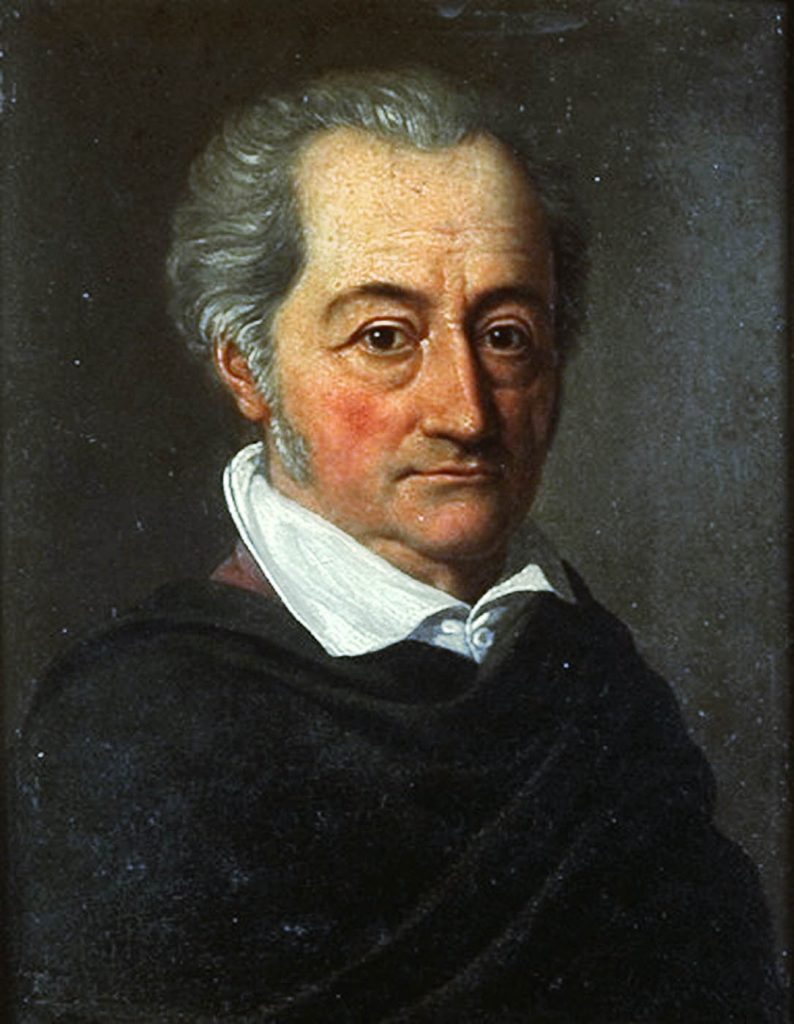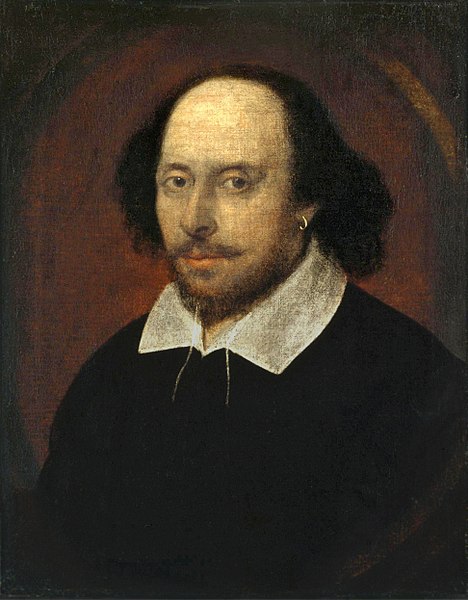Emeralds in Literature
The History Of Emeralds In Literature
For centuries, emeralds have provided inspiration for poets, playwrights, and historians. We have included a few interesting literary references devoted to the mystique of emeralds.
- The Bible
- The Emerald Tablet
- Goethe’s West-Eastern Divan
- Marbodus, Bishop of Rennes
- Pablo Neruda
- Dan Pagis, Twelve Facets of an Emerald
- Shakespeare
- Yaffa Yarkoni, Emerald Eyes
Emeralds also figure prominently in ancient manuscripts and texts from the Indian subcontinent.

The Bible
Emeralds are mentioned several times in the Bible, including these key examples:
Exodus 28: 15-21
The High Priest’s Breastplate
“Fashion a breastpiece for making decisions—the work of a skilled craftsman. Make it like the ephod: of gold, and of blue, purple and scarlet yarn, and of finely twisted linen. It is to be square—a span long and a span wide—and folded double. Then mount four rows of precious stones on it. In the first row there shall be a ruby, a topaz and a beryl; in the second row a turquoise, a sapphire, and an emerald; in the third row a jacinth, an agate and an amethyst; in the fourth row a chrysolite, an onyx and a jasper. Mount them in gold filigree settings. There are to be twelve stones, one for each of the names of the sons of Israel, each engraved like a seal with the name of one of the twelve tribes.”
Ezekiel 28: 13
A Prophecy Against the King of Tyre

You were in Eden,
the garden of God;
every precious stone adorned you:
ruby, topaz and emerald,
chrysolite, onyx and jasper,
sapphire, turquoise and beryl.
Your settings and mountings were made of gold;
on the day you were created they were prepared.
Revelation 4: 1-6

The Throne in Heaven
“After this I looked, and there before me was a door standing open in heaven. And the voice I had first heard speaking to me like a trumpet said, ‘Come up here, and I will show you what must take place after this.’ At once I was in the Spirit, and there before me was a throne in heaven with someone sitting on it. And the one who sat there had the appearance of jasper and carnelian. A rainbow, resembling an emerald, encircled the throne. Surrounding the throne were twenty-four other thrones, and seated on them were twenty-four elders. They were dressed in white and had crowns of gold on their heads. From the throne came flashes of lightning, rumblings and peals of thunder. Before the throne, seven lamps were blazing. These are the seven spirits of God. Also before the throne there was what looked like a sea of glass, clear as crystal.”
Revelation 21:19-21

The New Jerusalem
“The foundations of the city walls were decorated with every kind of precious stone. The first foundation was jasper, the second sapphire, the third chalcedony, the fourth emerald, the fifth sardonyx, the sixth carnelian, the seventh chrysolite, the eighth beryl, the ninth topaz, the tenth chrysoprase, the eleventh jacinth, and the twelfth amethyst. The twelve gates were twelve pearls, each gate made of a single pearl. The great street of the city was of pure gold, like transparent glass.”
The Emerald Tablet

The Emerald Tablet, also known as the Tabula Smaragdina or The Secret of Hermes, is an antique text that was heralded by Medieval and Renaissance alchemists as the foundation of their art. It purportedly reveals the secret of the “primordial substance” and its potential transmutations. Although the author claims to be Hermes Trismegistus (“Hermes the Thrice-Great”), a legendary Egyptian sage or god, the Tablet is probably a translation of the Kitab Sirr al-Asar, a book of advice to kings, which was written sometime around 800 A.D.
As an indication of its influence, commentaries and/or translations of the Emerald Tablet have been published by Trithemius, Roger Bacon, Michael Maier, Aleister Crowley, Albertus Magnus, and Isaac Newton among others.
Goethe’s West-Eastern Divan

The elegiac poems of the “German Shakespeare,” Johann Wolfgang von Goethe, were written to imitate classical poetry. They were composed in the late 18th century.
His Elegy titled Alexis and Dora (as translated by Bowring) contains references to several precious stones including emerald:
“Other and manifold trinkets I’ll buy thee; gold-mounted bracelets,
Richly and skillfully wrought, also shall grace thy fair hand.
There shall the ruby and emerald vie, the sapphire so lovely
Be to the jacinth opposed, seeming its foil; while the gold
Holds all the jewels together, in beauteous union commingled
Oh how the bridegroom exults, when he adorns his betrothed!”
Marbodus, Bishop of Rennes
One of the most important gemological treatises from the Middle Ages was written by Bishop Marbodus of Rennes (1035-1123). His work borrows heavily from ancient sources including Pliny and Theophrastus.
According to King (1860), the following poem provides his insights on stones he referred to as emerald:
Of all green things which bounteous earth supplies
Nothing in greenness with the Emerald vies;
Twelve kinds it gives, sent from the Cythia clime,
The Bactrian mountain, and old Nilus’ slime;
And some from copper mines of viler race
Marked by the dross drawn from their matrix base:
The Carchedonian from the Punic vale—
To name the others were a tedious tale.
Pablo Neruda

Although Pablo Neruda was a famous Chilean diplomat and politician, he is far better known as one of the greatest poets of the 20th century. His works have been translated into dozens of languages, and he was awarded the Nobel Prize in Literature in 1971. In a selection from one of his poems The Emerald, Neruda ponders on the feel of the emerald:
The Emerald
When everything was high,
High,
High,
There waited the cold emerald,
The emerald gaze:
It was a vigilant eye
At heaven’s center,
Center of the void:
The emerald that looked on:
Unique, hard, immensely green,
As if it were an ocean-eye,
Drop of God,
Cold victory,
Tower of greenness.
Dan Pagis, Twelve Facets of an Emerald
Dan Pagis, an Israeli poet and translator, was known for creating new words and word combinations in his works in Hebrew. In his youth, he survived the concentration camps of World War II. Following the war, he immigrated to Israel and later became a professor of Medieval Hebrew Literature at the Hebrew University in Jerusalem. His original works were published between 1959 and his death in 1987.
In a selection from his poem Twelve Facets of an Emerald, Pagis compares emeralds to love:
(Translated by Yehuda Kassif)
1.
I am a very exclusive cold green.
What do I care
About all these accidental greenish hues?
I am the creator of green,
I am the priceless green, no doubt.
2.
The most suspicious glitter,
Cutting the cat’s eye
In a knifelike moment,
Yearns to be me.
3.
What is between you and me,
What do I care about the verdant vivid grass.
I am alien and clear amongst you all.
I am cold, dicing with my eternities
Shakespeare

Elaborate displays of gems and jewelry were the norm in Shakespeare’s day, so it serves to reason that he referenced them in many of his famous works. According to Kuntz (1916), the Bard included emeralds in the following play and poem:
The Merry Wives of Windsor Act V, Scene 5, Lines 67-75
Mistress Quickly: And nightly, meadow-fairies, look you sing,
Like to the Garter’s compass, in a ring:
The expressure that it bears, green let it be,
More fertile-fresh than all the field to see;
And “Honi soit qui mal y pense” write
In emerald tufts, flowers purple, blue and white;
Let sapphire, pearl and rich embroidery,
Buckled below fair knighthood’s bending knee;
Fairies use flowers for their charactery.

A Lover’s Complaint, lines 211 – 217
The diamond, –why ‘twas beautiful and hard,
Whereto his invised [unseen] properties did tend;
The deep-green emerald in whose fresh regard
Weak sights their sickly radiance do amend;
The heaven-hued sapphire and the opal blend
With objects manifold: each several stone,
With wit well blazon’d, smiled or made some moan.
Yaffa Yarkoni, Emerald Eyes
Yaffa Yarkoni has been an international star for more than half a century. She was born in Israel and began her life as a singer in a coffee house owned by her mother. She served in the Givati Brigade in the War of Independence and appeared in the army choral troupe. She later traveled and performed extensively in the United States, and she recorded many songs in foreign languages, as well as in Hebrew. In the 1940s, she sang Emerald Eyes, a tango that was based on a popular Romanian tune from the First World War.

Emerald Eyes
(translated by Yahuda Kassif)
Your eyes are flowing with green light
Like sparkling emeralds set to admire.
My heart is yearning for a promised night
But you close your eyes to my desire.
My heart is dreaming a sweetest dream –
Your eyes are lighthouses in a stormy sea.
The green flames send more than one beam
While waves and wind roar – “It will not be.”
Many come to you pray and whisper
Till their hearts are slowly broken.
More will look for that emerald glow
With words of love unheard, unspoken.
Your eyes are fountains of emerald blaze
A pair of stars, gifts sent by gods.
I wish to float in that deep green haze
In endless gardens, a place with no roads.
The prevalence of emeralds throughout time continues with Emeralds and Magic and New Age Metaphysics.


